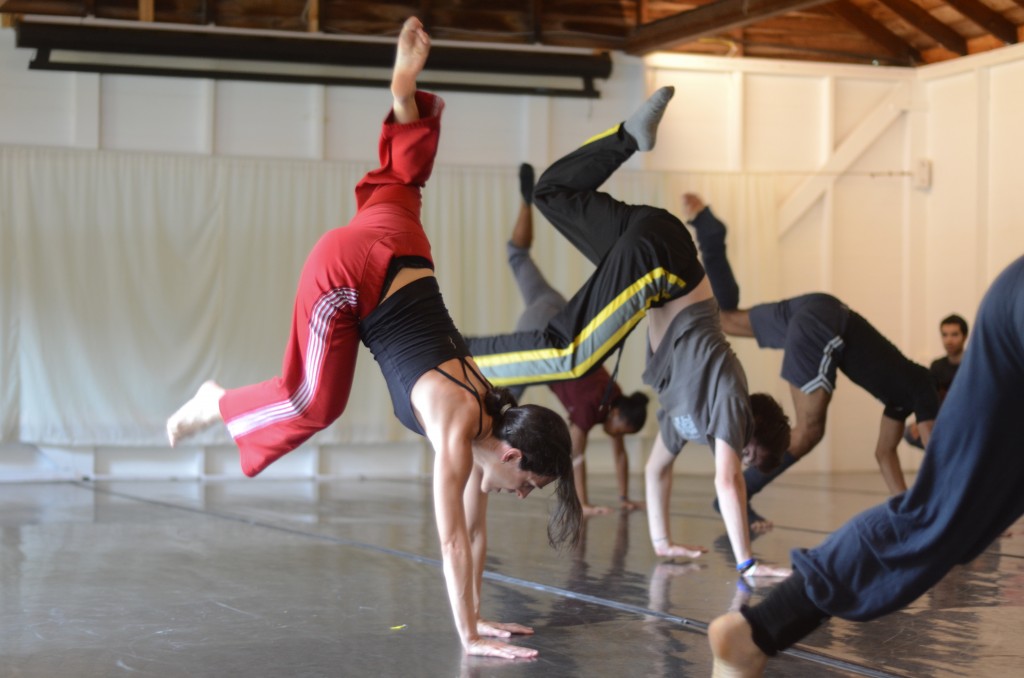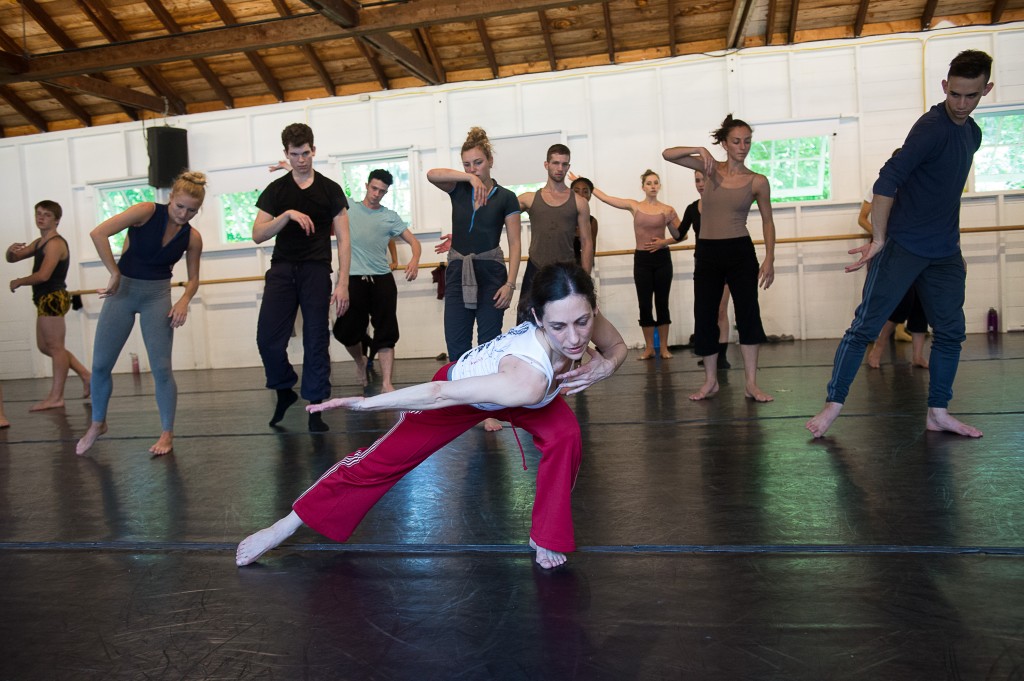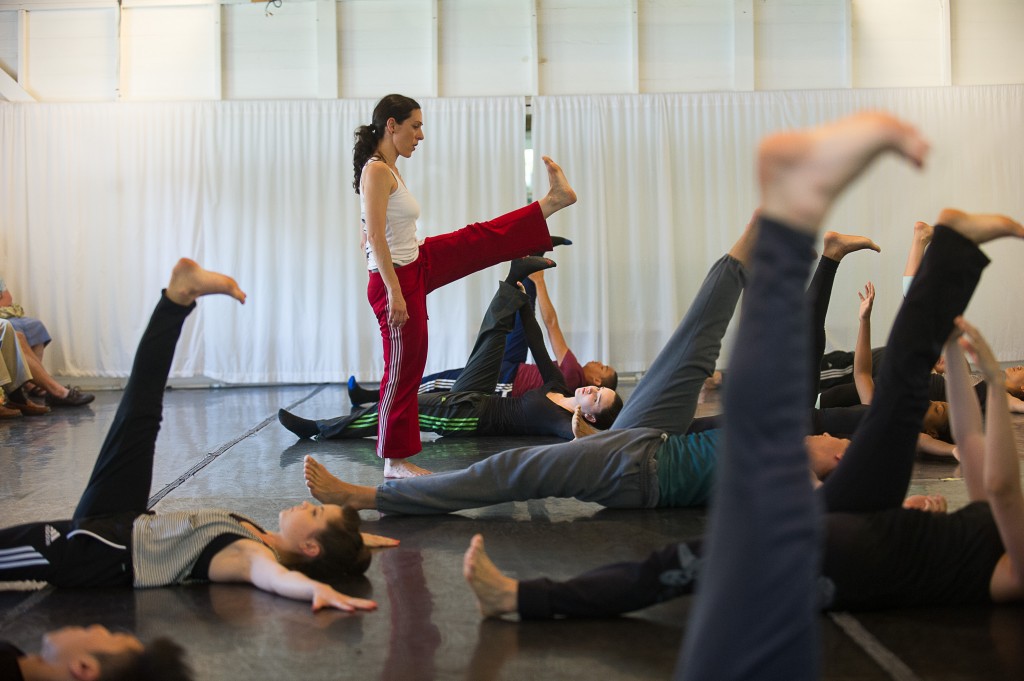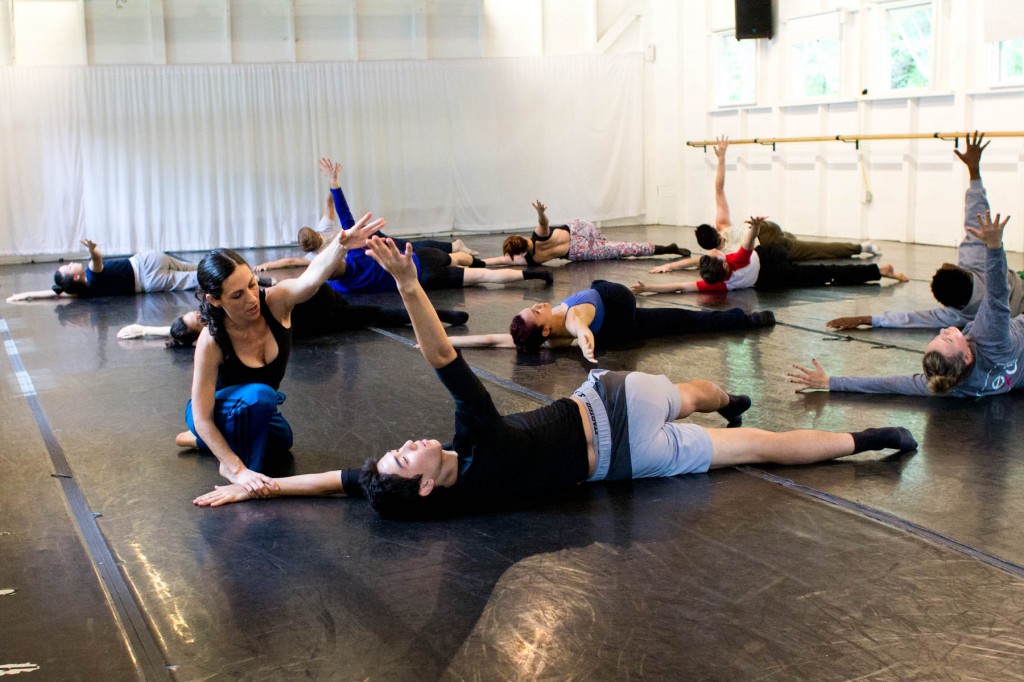
I’m so glad to be able to share the following article from Sally Radell, MA, a longtime colleague in dance medicine, on the faculty at Emory University in Atlanta, GA. Sally’s research for many years has been in looking at how using the mirror affects the dancer — we have posted information on this topic from her before on this site. Sally recently presented her latest research at the October 2018 IADMS (International Association for Dance Medicine and Science) conference in Helskini. It was valuable information, and thought-provoking, to put it mildly! So here you go — take care and happy/safe dancing! – Jan Dunn, MS, Dance Wellness Editor
by Sally A. Radell, MFA, MA
The process of building ourselves as dancers is a long and arduous process. Years of technical training are required and certainly the more efficiently we train the more successful we are at building the technical skills needed for professional performance.
Dancers should not underestimate the importance of how they feel about their bodies in the studio and how this impacts the quality and effectiveness of their training. In fact, research has shown that a dancers’ psychological health and well-being can improve or impede their classroom or stage performance.
The Mirror in the Dance Studio
One classroom tool that has caused some concern in the technique class is the mirror. It is so familiar in the dance studio that many of us take it for granted. Teachers frequently use it as a classroom management tool to visually bring the class together when teaching new material. The teacher has an optimum vantage point when facing the mirror, demonstrating the material with the same physical facing as the students, and simultaneously viewing them as they learn it. This provides for ample correction opportunities and can be an efficient use of time when teaching short classes. However, NOT using the mirror in teaching generally requires the instructor to face the class directly and do a mirror image demonstration of the phrase material. This requires more concentration and focus for the teacher. Whether or not to use the mirror in the studio can be a complex problem for teachers.
Students tend to love having a mirror in the studio. It provides students immediate visual feedback and a constant stream of information on ones’ alignment and performance of a dance phrase. The mirror also provides students an opportunity to fix their hair, examine how they look in their new tights and inevitably compare their body to those of other dancers in the studio. The mirror is a potent tool with distraction powers that can be overwhelming and difficult to manage for most students.
One cannot help but ask the question — is the mirror a helpful or harmful tool in the dance studio, or perhaps a bit of both? Most of the literature on this topic comes from dance instructors and their use of the mirror in the classroom. Opinions vary. Some instructors feel it is a useful tool to check and correct ones’ line or the performance of a particular phrase. There have only been a few formal research studies, primarily focusing on ballet, which tend to discuss the disadvantages of mirror use.

Disadvantages of Mirror Use in the Studio
- Students may develop high levels of self-consciousness and self-criticism from starring at their images in the mirror.
- There is a high temptation for students to compare their physical images to other dancers (or the teacher) in the room which can lead a dancer to feel badly about her body.
- The use of a mirror can lead to a dancer feeling “disconnected” from her proprioceptive body awareness which is needed for efficient training. This can delay optimum development of a dancers’ technical skills.
New Mirror Research
Further research has recently been done which probes a bit deeper into mirror use with dancers of various skill levels and in different styles of dance. For example, a recent study was done comparing beginning and advanced ballet dancers. The beginning dancers reported using the mirror enthusiastically, while the advanced level dancers discussed the importance of limiting mirror use in class in favor of focusing on the physical sensations of the movement to stimulate technical growth. However, both levels of students felt worse about their bodies by the end of the semester. This suggests that training on how to use the mirror sparingly and efficiently does not help a dancer feel better about her body in class. Perhaps the mirror is just too potent a tool to be used effectively at any level of dance training?
Other recent research compares the impact of mirrors on the body image of modern and ballet dancers in both mirrored and non-mirrored classrooms. By the end of the semester both the modern and ballet students in the mirrored classroom felt worse about their bodies. However, the students in the modern and ballet non-mirrored classrooms felt better about their bodies by the end of the semester. Overall, perhaps these results suggest that the negative impact of the mirror on a dancers’ body image can transcend styles, at least between modern and ballet styles?
As research in the area of mirror impact on body image grows, evidence is mounting on the potency of the mirror and its capacity to harm a dancer’s body image beyond the confines of ballet. I strongly encourage dance teachers and students to reconsider their use of the mirror in the classroom and explore alternate methods of achieving what the mirror seemingly offers. Without a mirror in the classroom dancers can fully focus on their proprioceptive learning and the sensation of movement in their bodies. This will ultimately keep their focus fully “in their bodies” which is the most efficient route to feeling good about themselves and developing the optimum technical skills required for professional careers.
Note: This post is an update to the previous post we have on the site, also authored by Ms. Radell. View that post here.

Sally Radell is professor of dance at Emory University in Atlanta, Georgia. She holds a BA in dance from Scripps College in Claremont, California, an MA in dance from The Ohio State University, and an MFA in dance from Arizona State University. She came to Emory in 1987 to start a degree program in dance. The substantial growth of the program and success of this endeavor is one of her proudest professional accomplishments. Ms. Radell has been active as a choreographer, teacher, performer, administrator, dance critic, and somatic educator. Over the past twenty years she has conducted research on dancers, body image, and the mirror and has published in professional journals including Journal of Dance Medicine & Science, Research in Dance Education, and Perceptual and Motor Skills. Professor Radell has also presented nationally and internationally on this topic with different organizations including the American Association of Health, Physical Education, Recreation, and Dance and the International Association of Dance Medicine and Science. She is committed to the promotion of psychological wellness for dancers.












